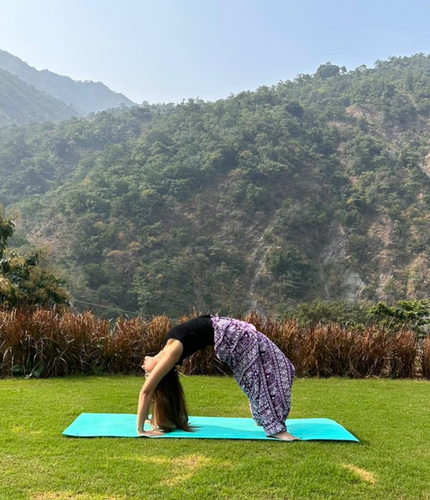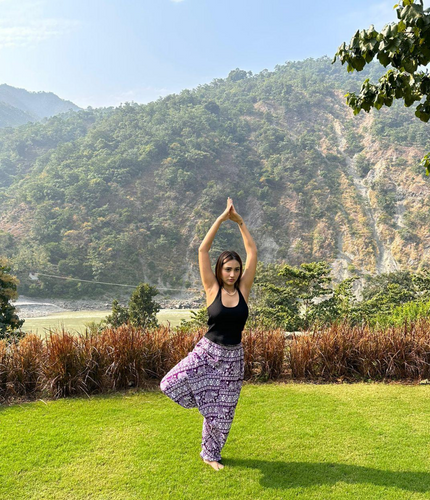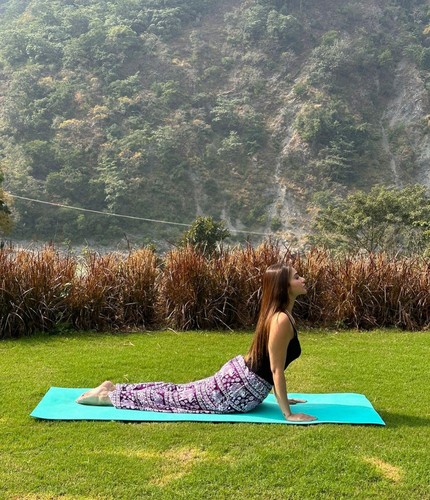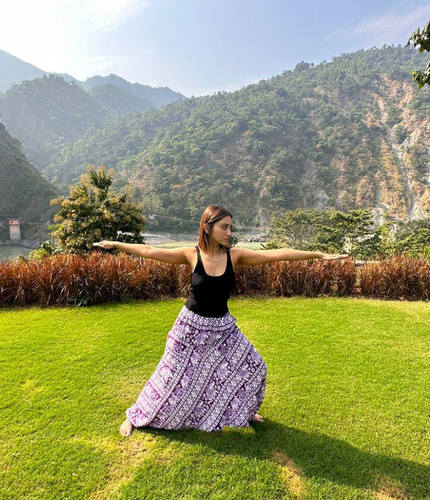
30 November 2022
The Chakra Chapters: The Sacral Chakra
In this next instalment of The Chakra Chapters, we’ll be taking a deep dive into the second energetic wheel: the sacral chakra. Before you can start working effectively with your sacral chakra, you need to check if your root chakra is open and free-flowing, so I highly recommend giving my previous blog a read!
Believed to be the energy centres in the subtle body, the seven main chakras are found along the spine, starting at the base and moving all the way up to the crown of the head. Each chakra is an energetic wheel linked to specific body parts and emotions. Keeping your chakras open and free-flowing is key to maintaining your mental, physical and spiritual health. So, let’s take a look at what role the sacral chakra plays.
What is the sacral chakra?
The sacral chakra is found in the lower belly and inner pelvis. It is known in Sanskrit as svadhisthana, translating to “one’s own dwelling.” The second in your seven chakras, the sacral chakra is represented by the colour orange and the element of water, which is all about flow, flexibility and freedom of expression. So, it’s no surprise that it is associated with the emotional body, sensuality and creativity.
When balanced, the sacral chakra allows us to tap into the pleasure and enjoyment of life. You will feel a sense of ease and comfort in your own body (or dwelling, if you like), which makes you feel comfortable inviting people to share your sacred space. As a result, your relationship with yourself and others will feel nurturing, pleasurable and harmonious.
For those that identify as female, it’s also a great chakra to work on balancing. More than any other chakra, the sacral chakra embodies divine feminine energy. Paying close attention to this chakra could help you enhance your creative expression, improve sexual intimacy and increase your feminine intuition.
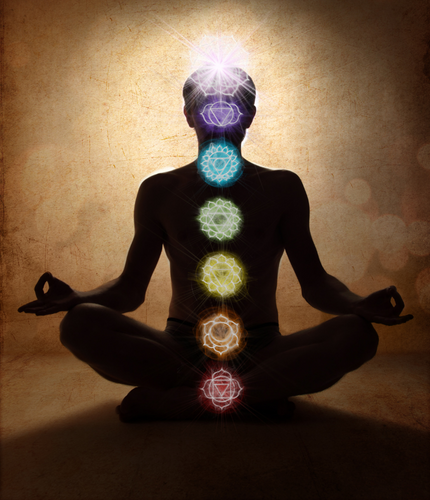
Sacral chakra blockages
When any of the chakras become blocked, the energy it’s associated with becomes stagnant, stopping you from being able to access its gifts. Since an open sacral chakra allows you to access the pleasure and creativity of life, when it’s blocked you are likely to feel detached, isolated, and anxious, experience low libido and a lack of creativity. These feelings may manifest in your behaviour, such as codependency, inability to set personal boundaries or difficulty expressing emotions.
Physically, you may experience pain and stiffness in the sacral area. For example, you may have lower back pain, joint pain, or other issues such as low energy, kidney or menstrual cycle problems due to a blocked sacral chakra. Emotionally, you may feel consumed by your feelings as though you are drowning in them, find it hard to balance your emotions with extreme ups and downs or use escapism to avoid life.
Make a habit of closely observing your actions and your energy. You will quickly tell if your sacral chakra is becoming blocked. I like to do daily check-ins to see where my energy is at. This could be making a note when I’m journaling, observing myself during meditation or taking a moment to step back and reflect.
How to balance the sacral chakra?
As mentioned earlier, before healing your sacral chakra, you need to make sure your root chakra at the base of your spine is balanced, too. How the chakra imbalance presents itself in you will determine how best to bring it back into alignment. Remember that everyone is on a unique journey and will receive healing in a unique way. Here are some of the methods and practices I’m personally drawn to when I need to get my sacral energy flowing again.
1) Reiki healing
As a KHDA certified reiki master, it’s no surprise I recommend reiki healing as a great way to rebalance your sacral chakra. The Japanese energy healing practice is an ancient tradition, now widely available. During a session, a trained practitioner will identify your blockages and help heal them by transferring universal energy from their hands. I’m happy to share my recommendations if you are local to Dubai, just drop me a message!
2) Get creative
While a blocked sacral chakra will strip you of your creativity, often the best way to reignite it is to do things that make you feel creative! Energy is compounding. The more of a certain energy you put in, the more you generate.
You can refuel lost creativity by finding an activity that sparks your curiosity. It will be hard at first, but once you commit, you’ll find yourself easing back in. I usually make music by playing my guitar to bring out my creative energy, or I’ll take time dressing myself up by trying outfit combinations or make-up that I may not have thought of before. I find it’s a fun way to play and not take myself too seriously.

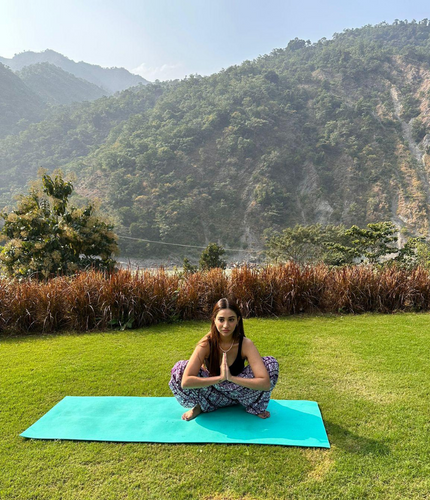
3) Dance around
If your sacral energy is stagnant, then dancing it out is sure to get it moving. Put on your favourite song and move your body without inhibition to connect with your sacral chakra and energetic self. Make it sensual, make it dynamic, make it slow or make it erratic. Surrender to your body and do whatever it needs to feel alive. Either dance alone and lose yourself in the moment, or dance with a group of friends or loved ones to share their energy and boost your own.
4) Practice yoga
If you don’t feel comfortable losing yourself in dance just yet, then a gentle yoga practice targeting the sacral area might be a better place to start. I like to warm up with a couple of sun salutations before working in some hip-opening asanas, either as part of my vinyasa flow or to hold statically. Some great poses to try include Ananda Balasana (happy baby), Utkata Konasana (goddess pose) and Malasana (garland pose).
5) Chant
The sacral chakra’s element is water, so invoking it can be an incredibly powerful way to remove blockages. I like to combine meditation with chanting for the best results. I start in a comfortable seat or in a reclined butterfly pose with my feet together, knees apart with my hands gently resting on my sacral area. I close my eyes and visualise an orange ball while chanting the water element mantra ‘vam’ for any time between 1 to 20 minutes.
The journey to healing your chakras is personal, so I’d encourage you to try each of these healing methods to find what works best for you. The sacral chakra is the key to tapping into your free-flowing creativity! Stay tuned for the next in The Chakra Chapter series: the solar plexus chakr











